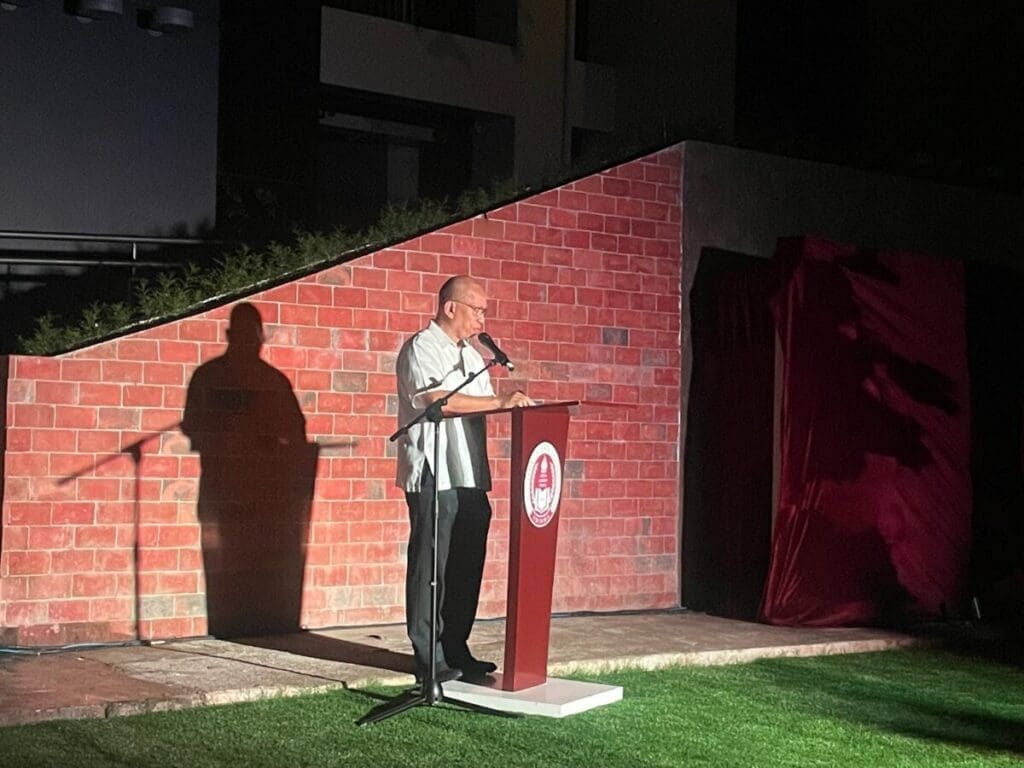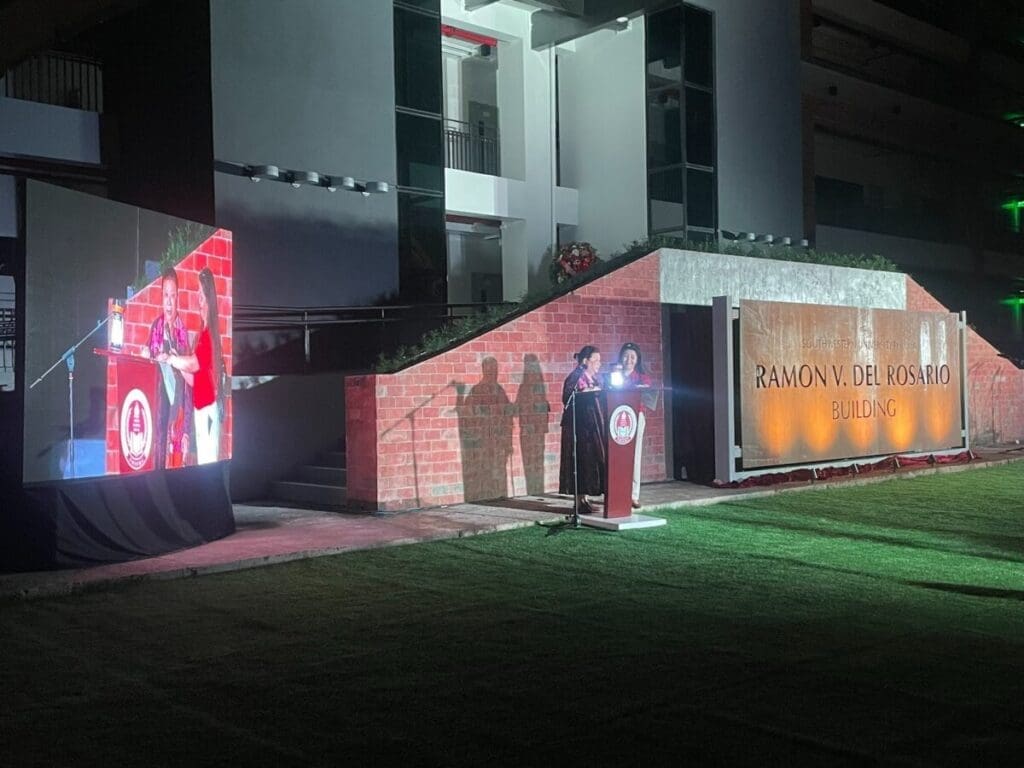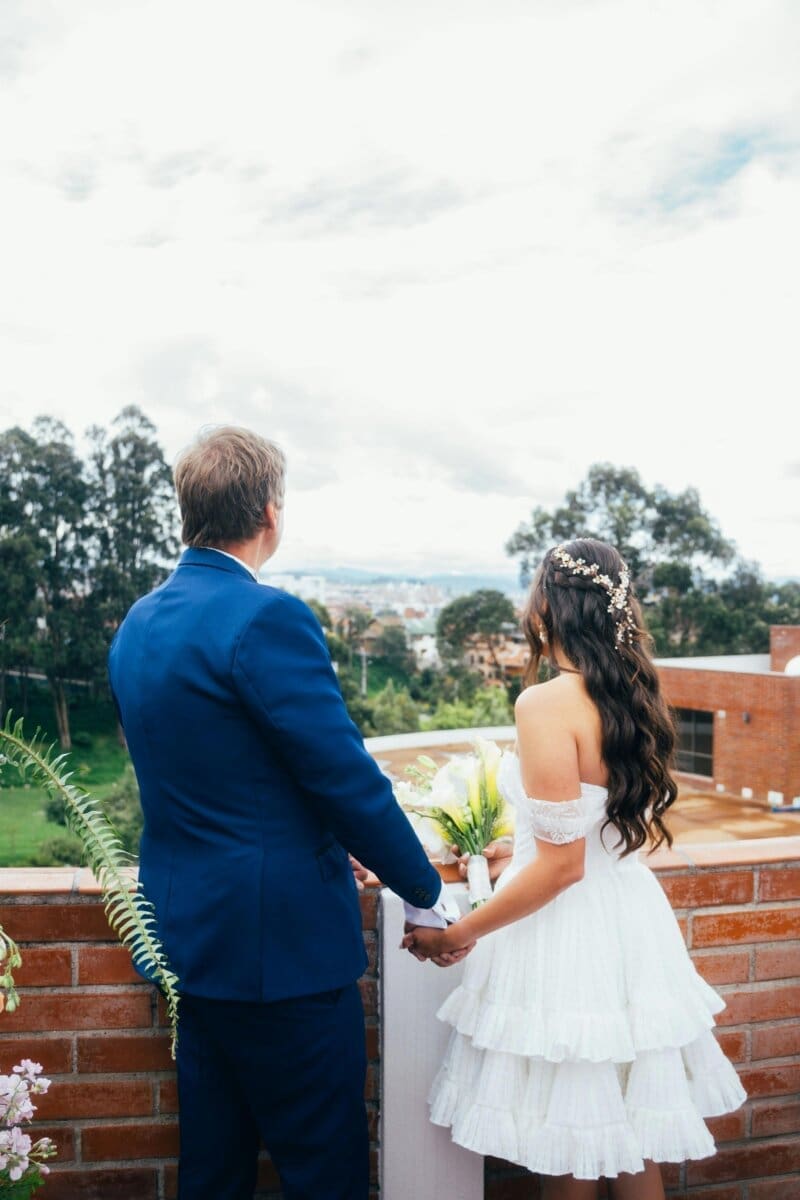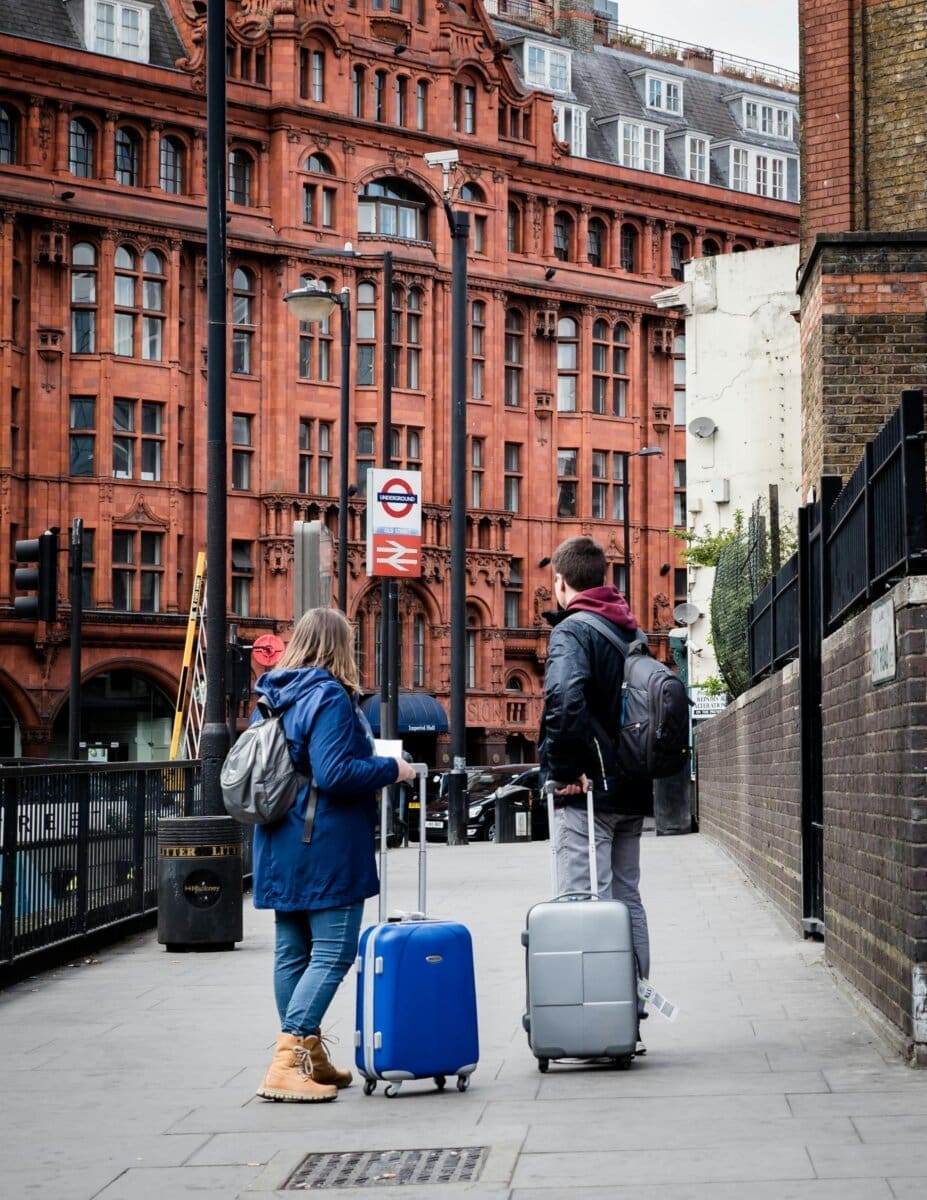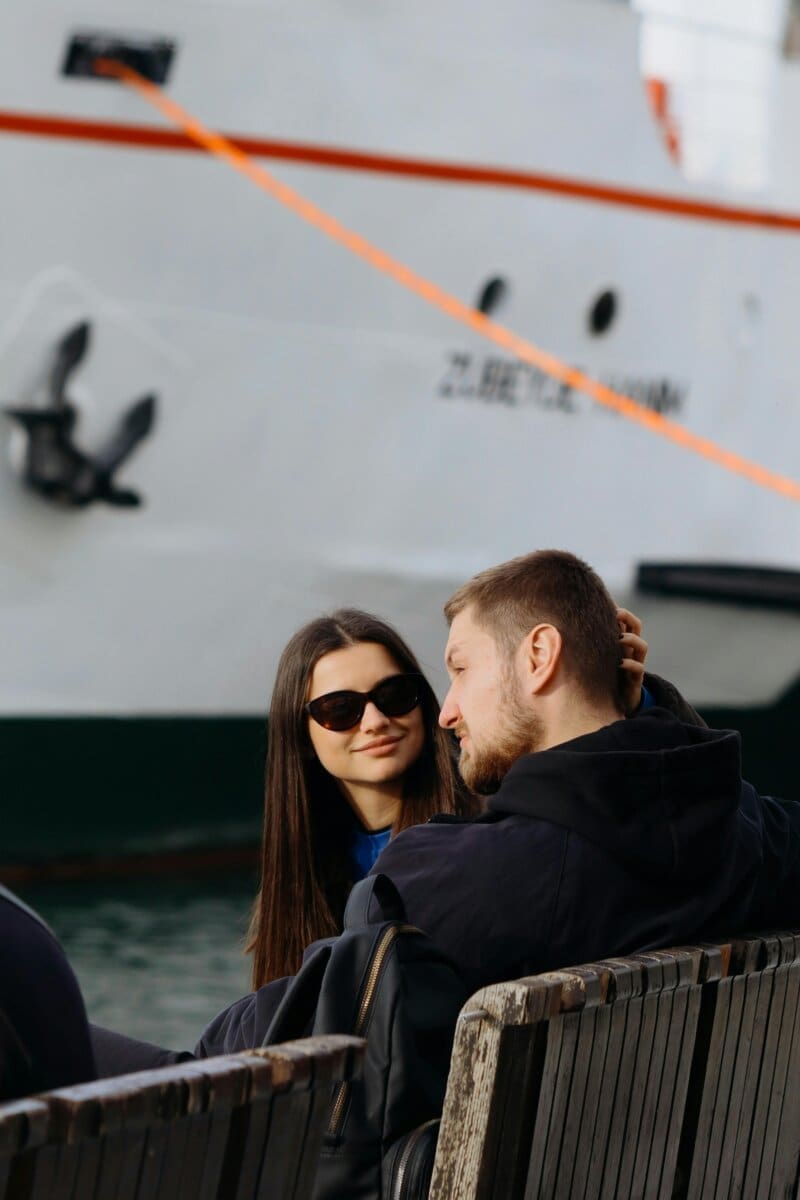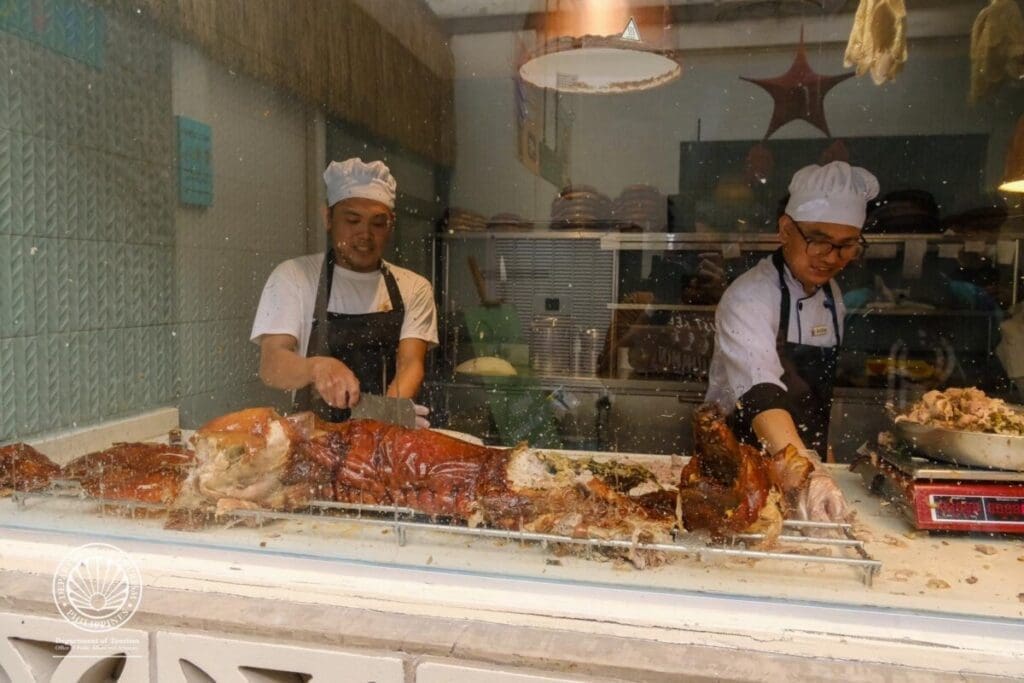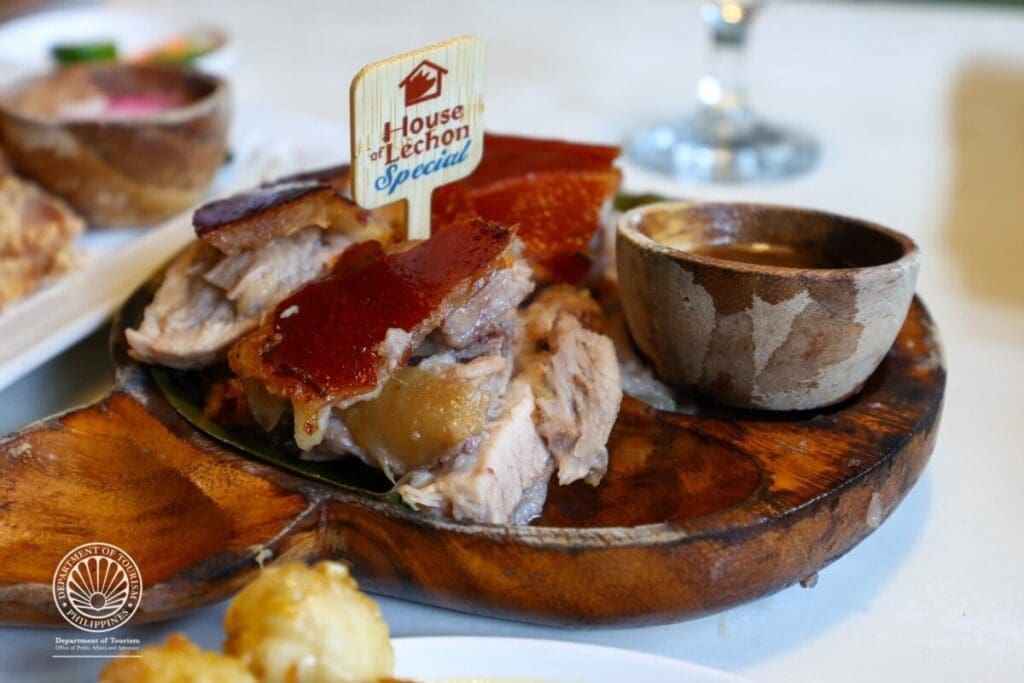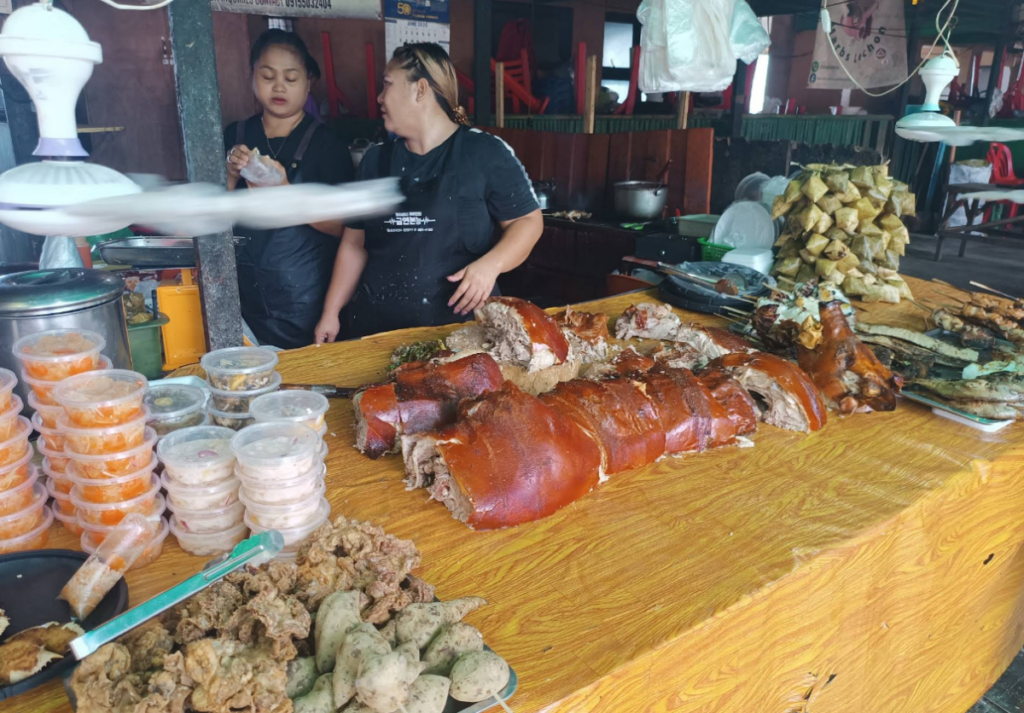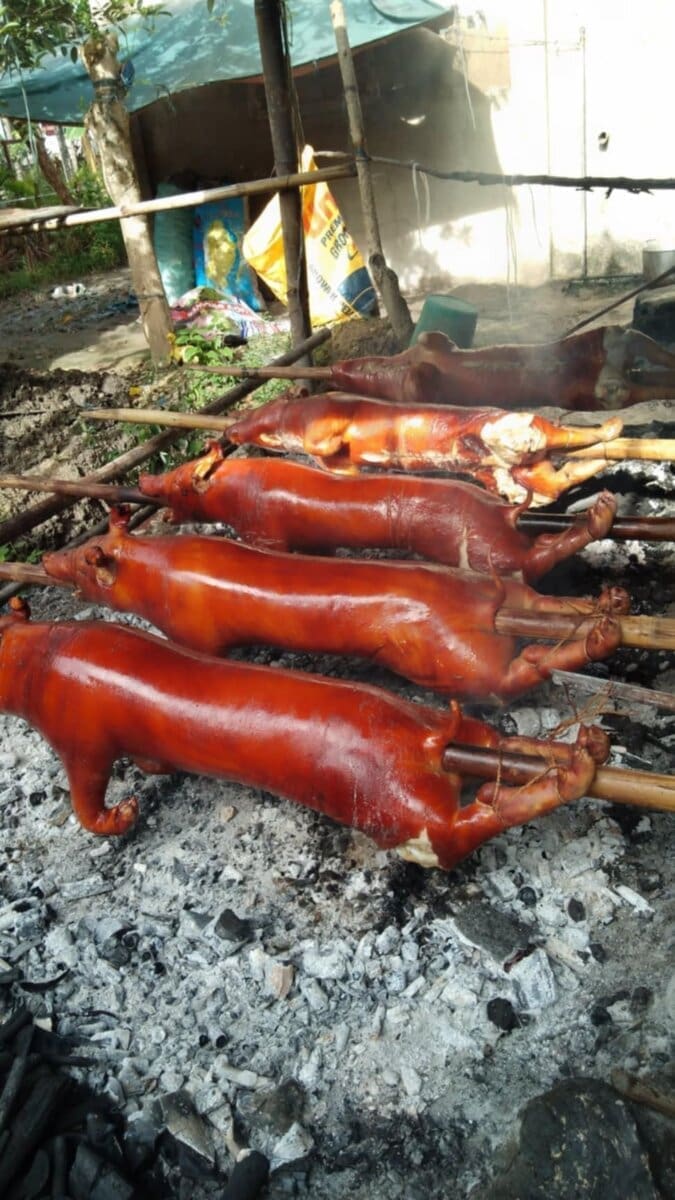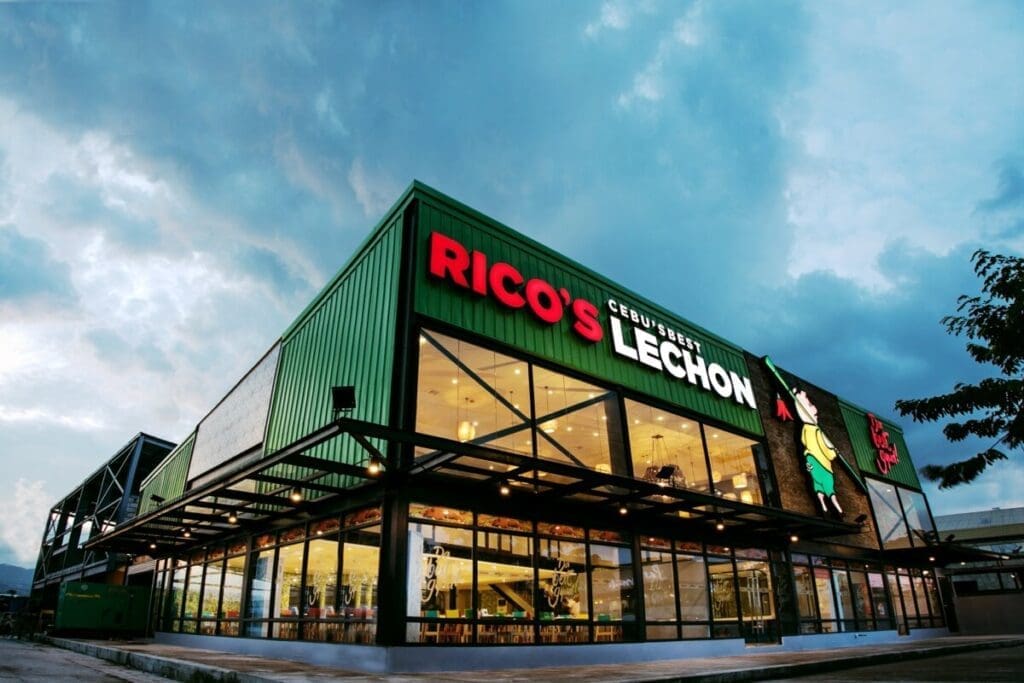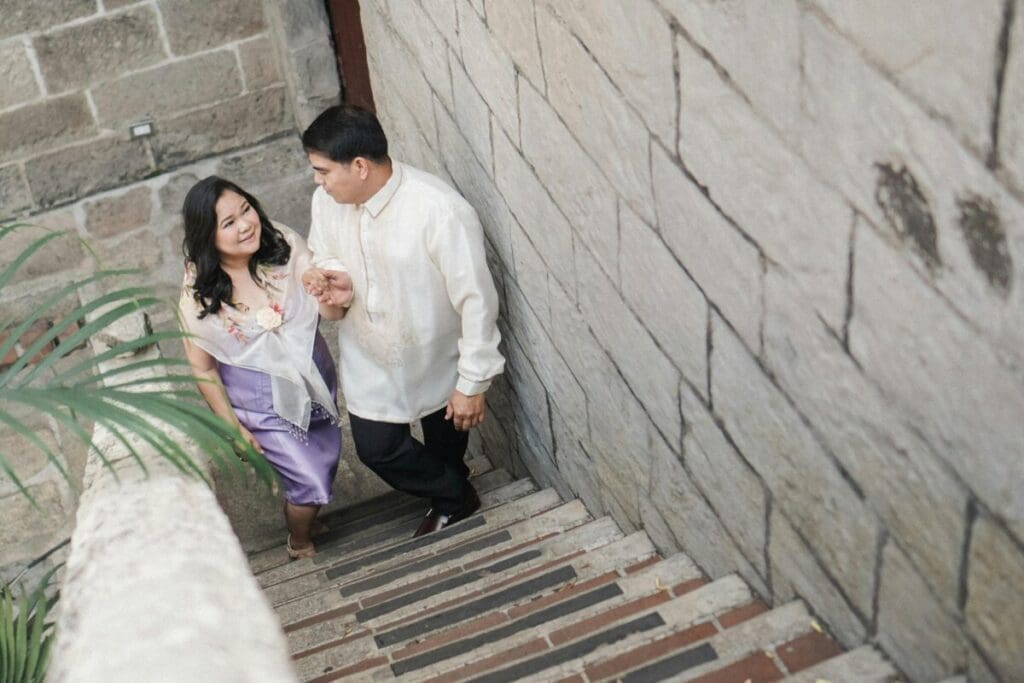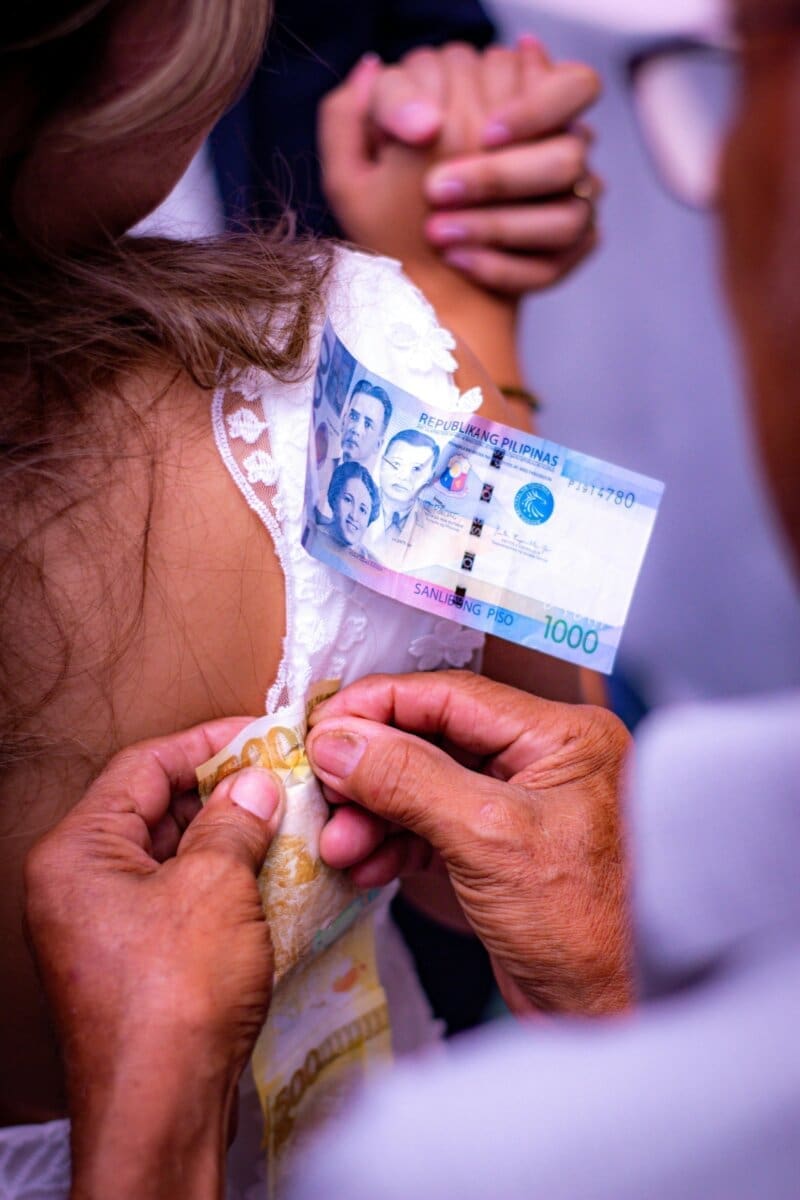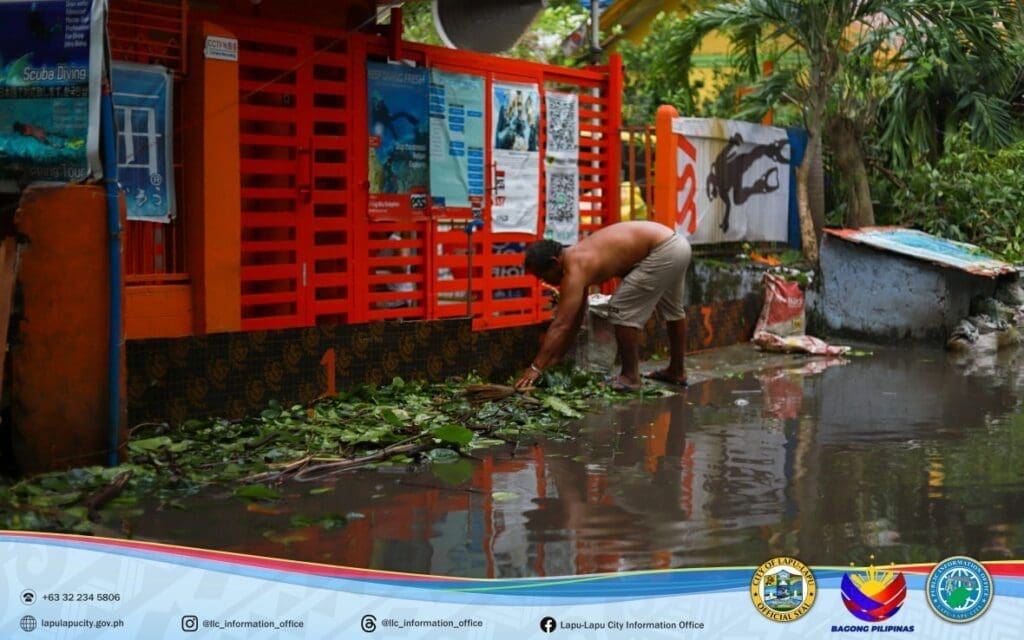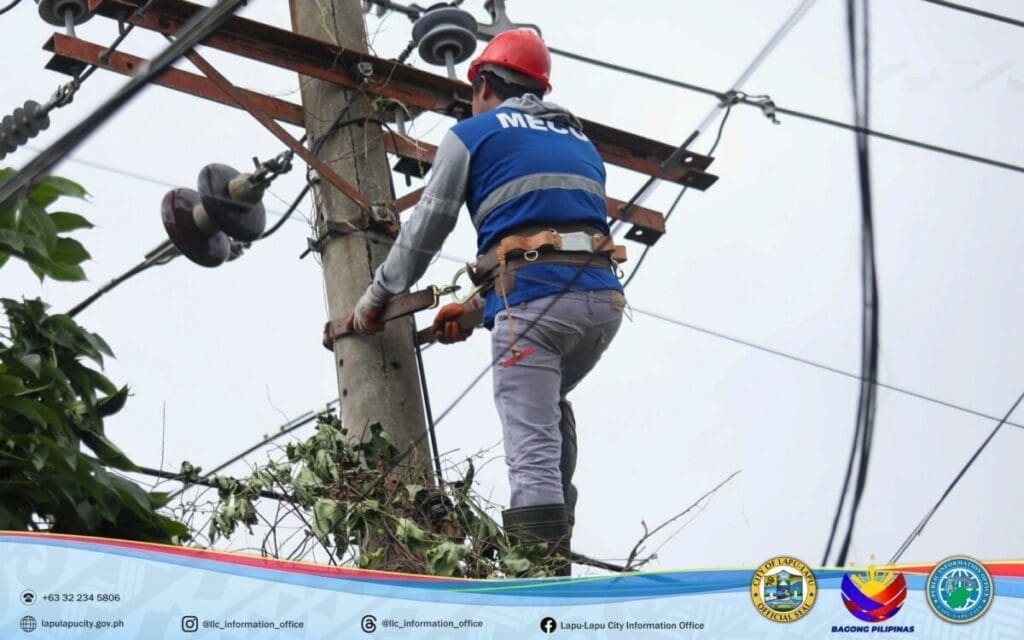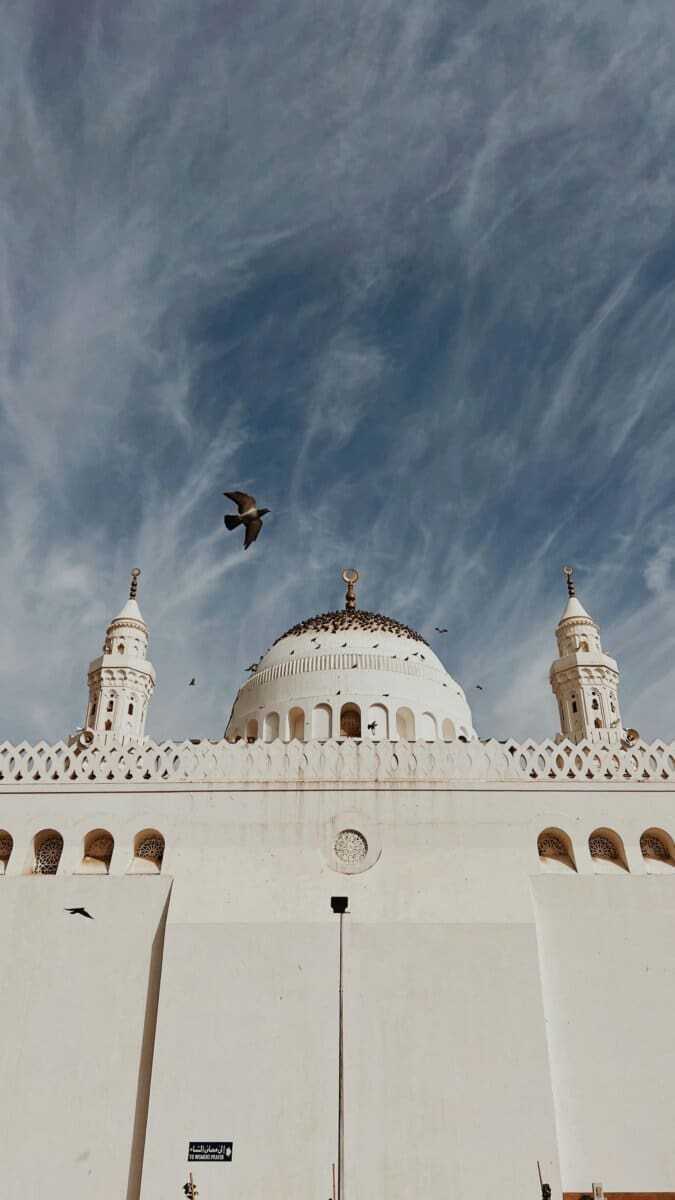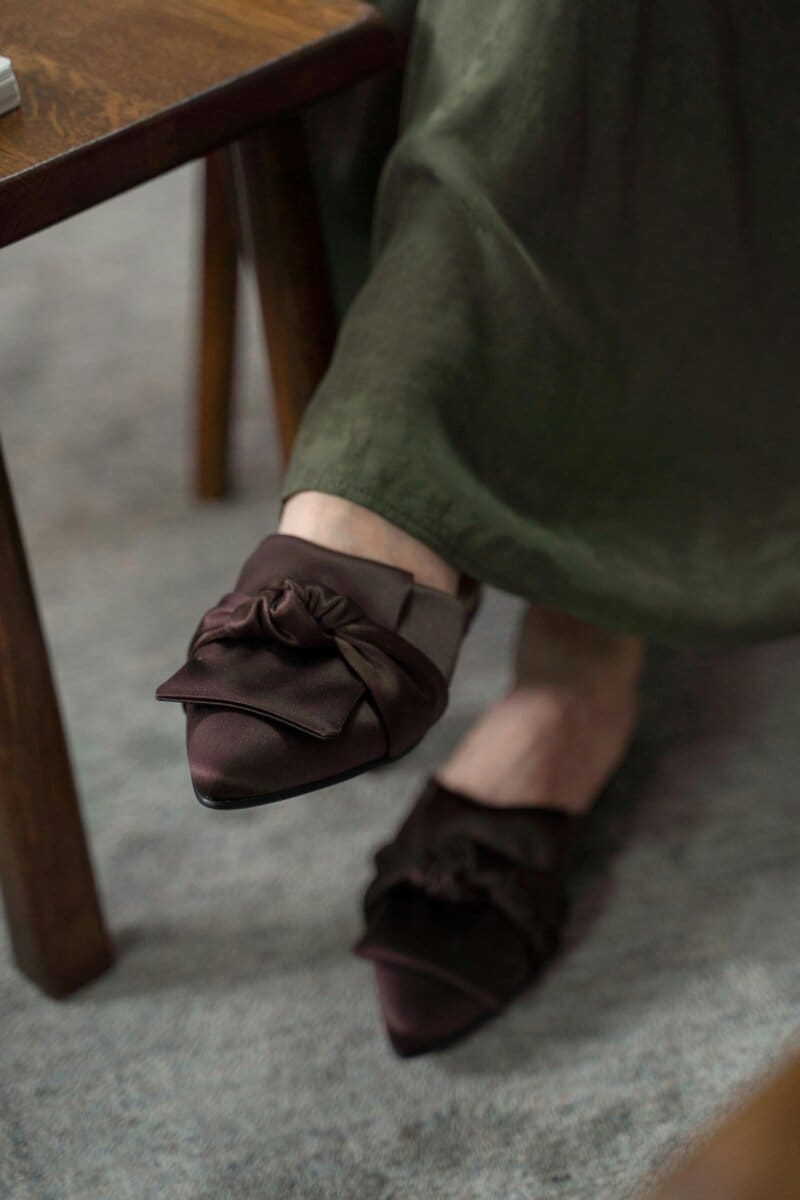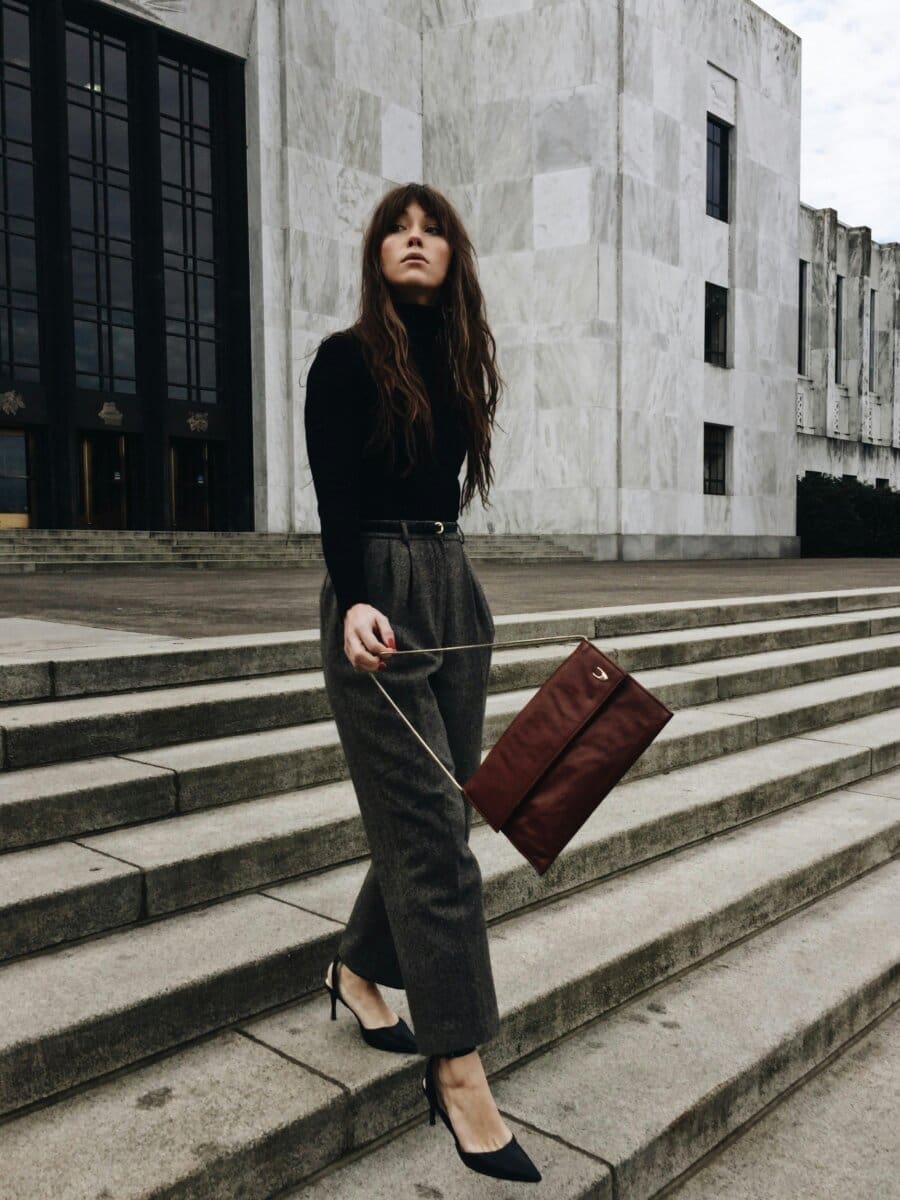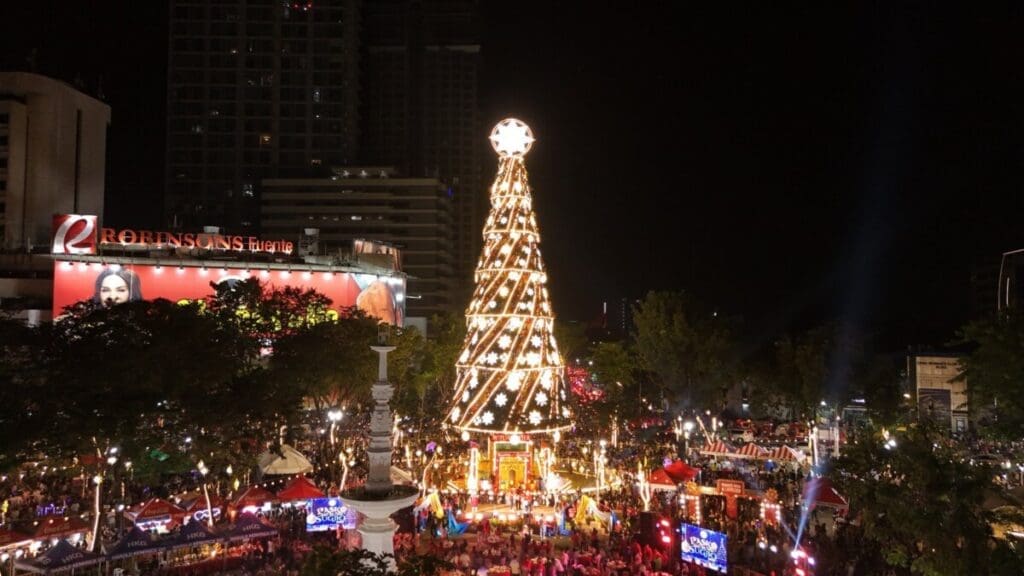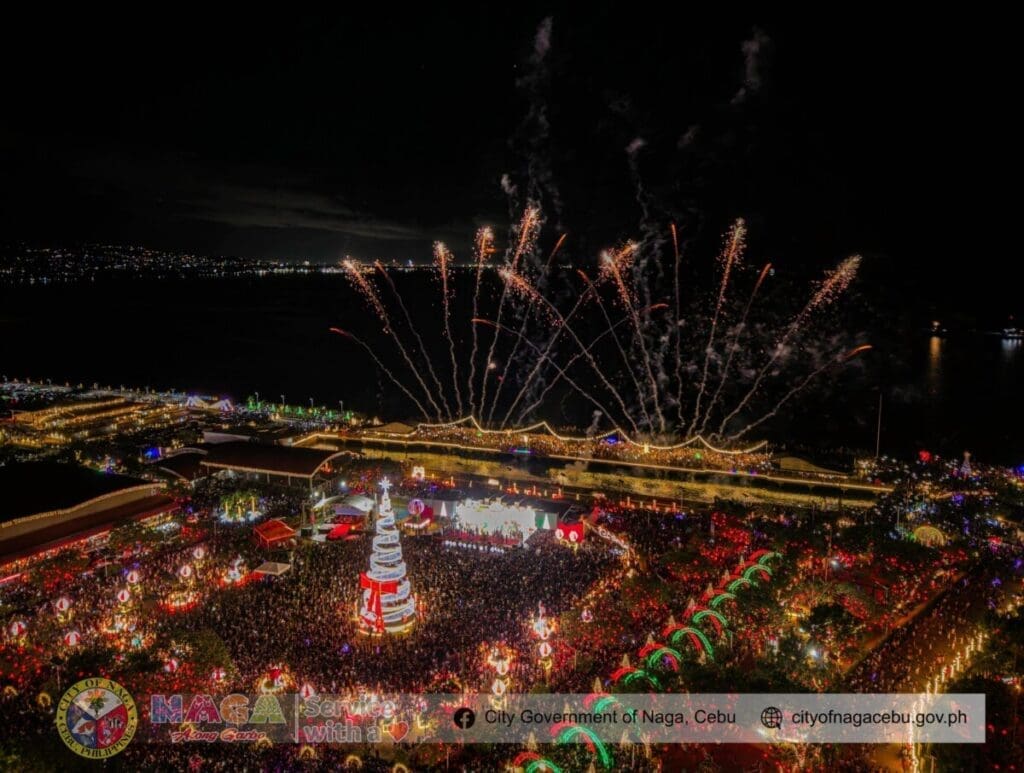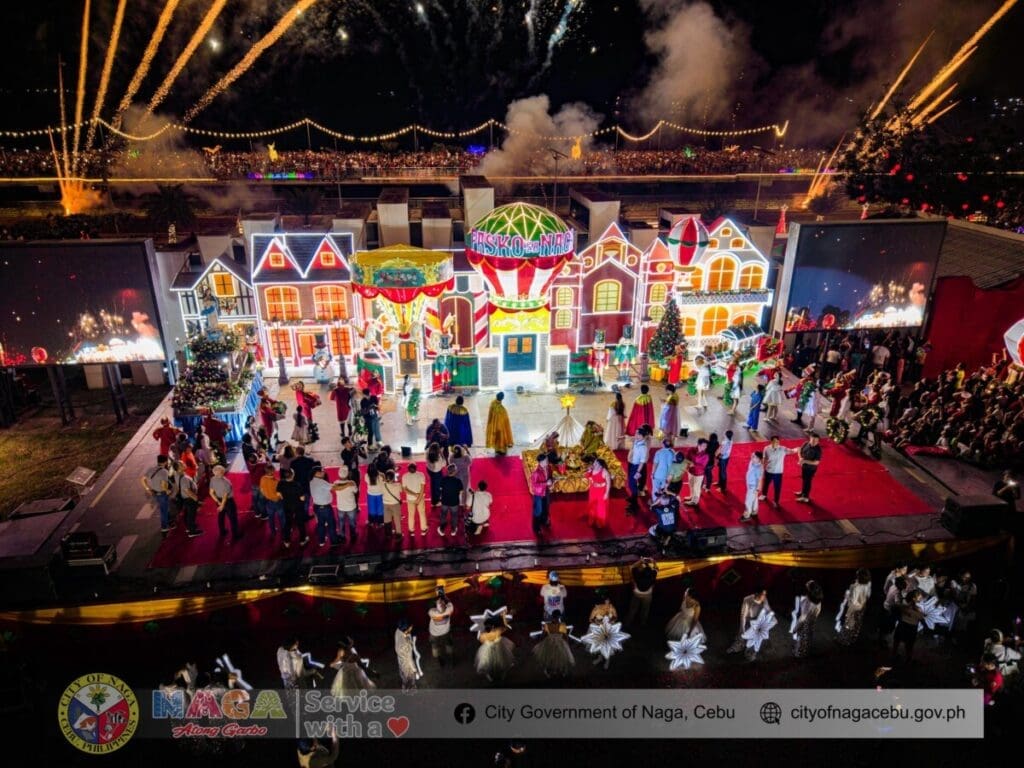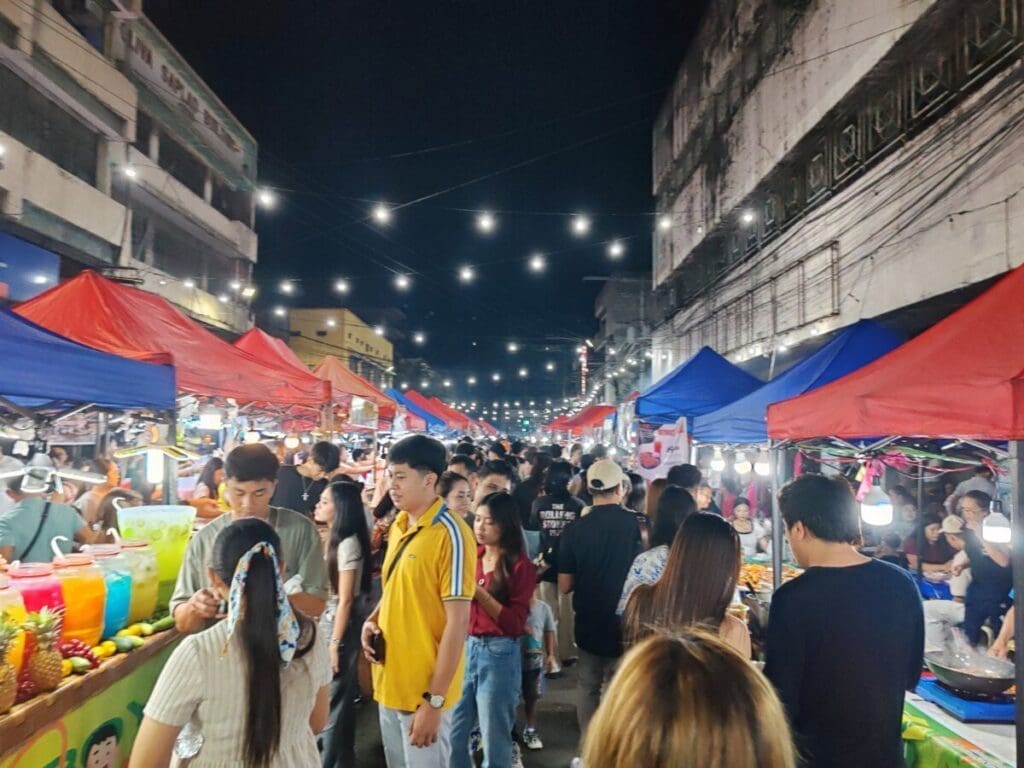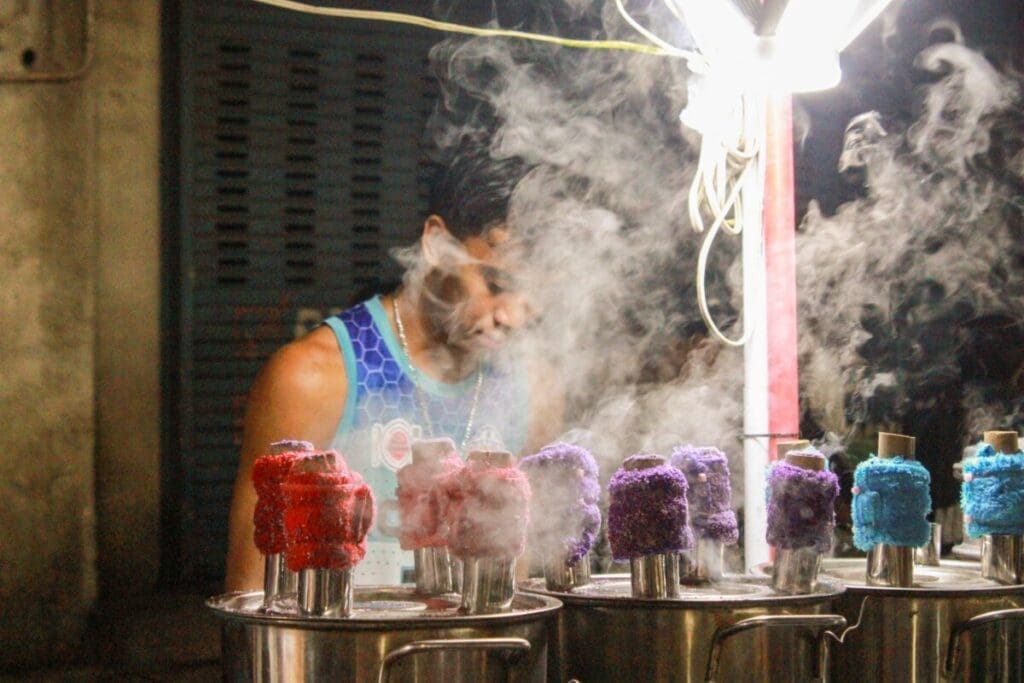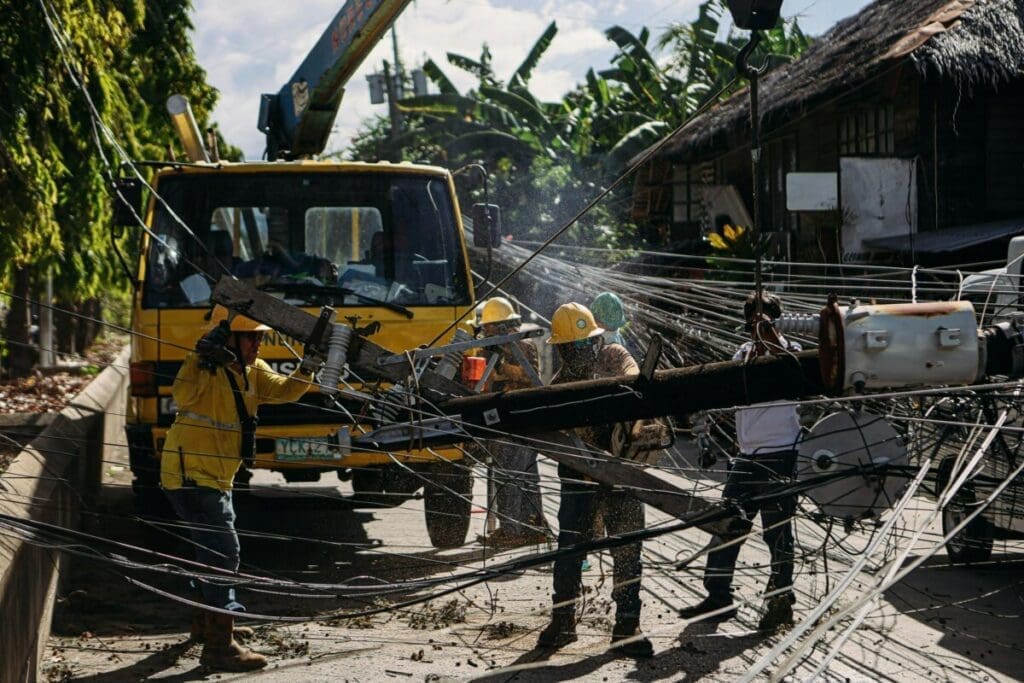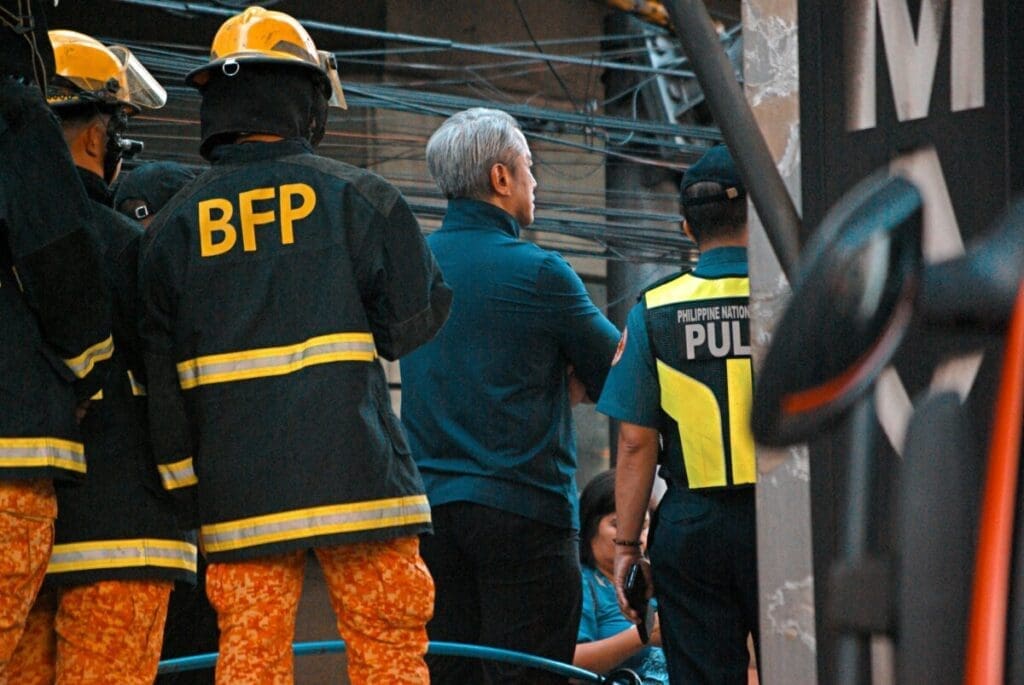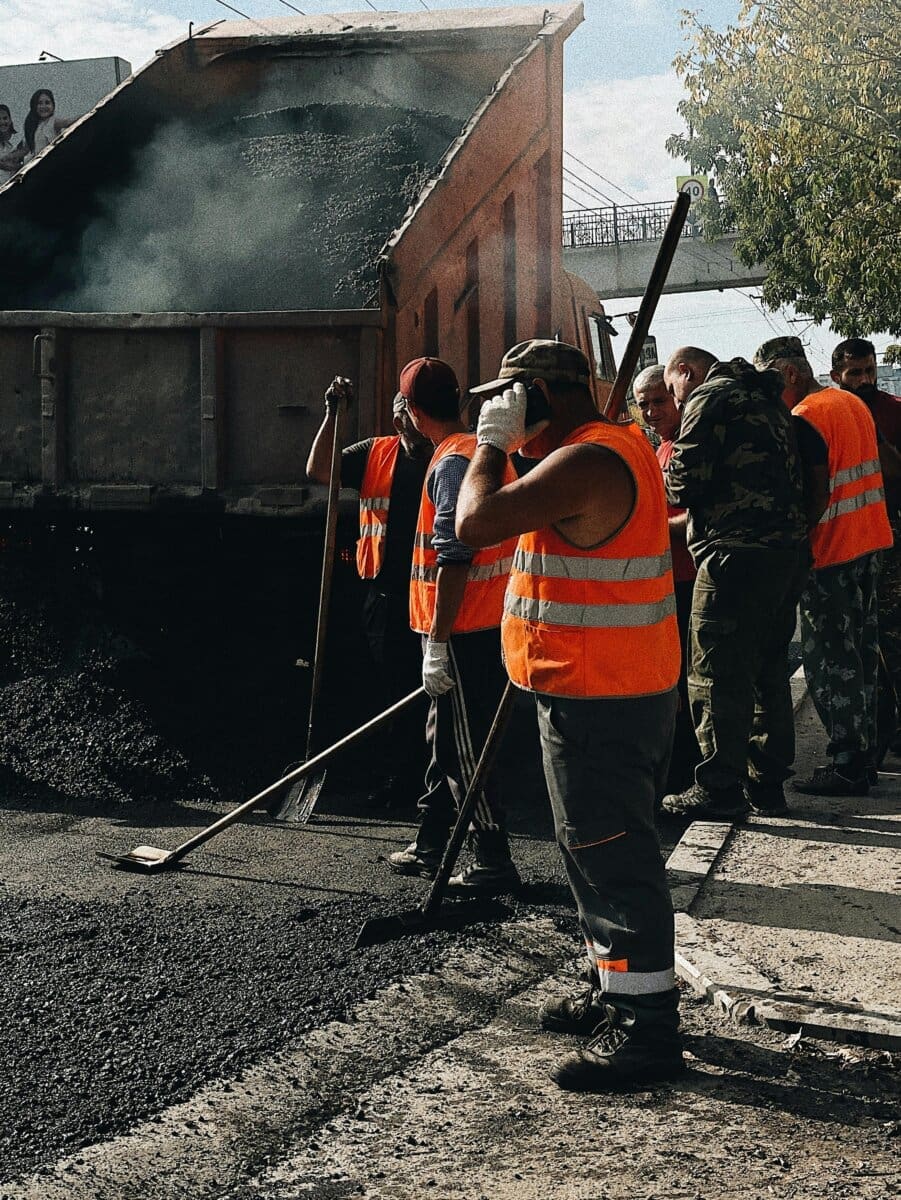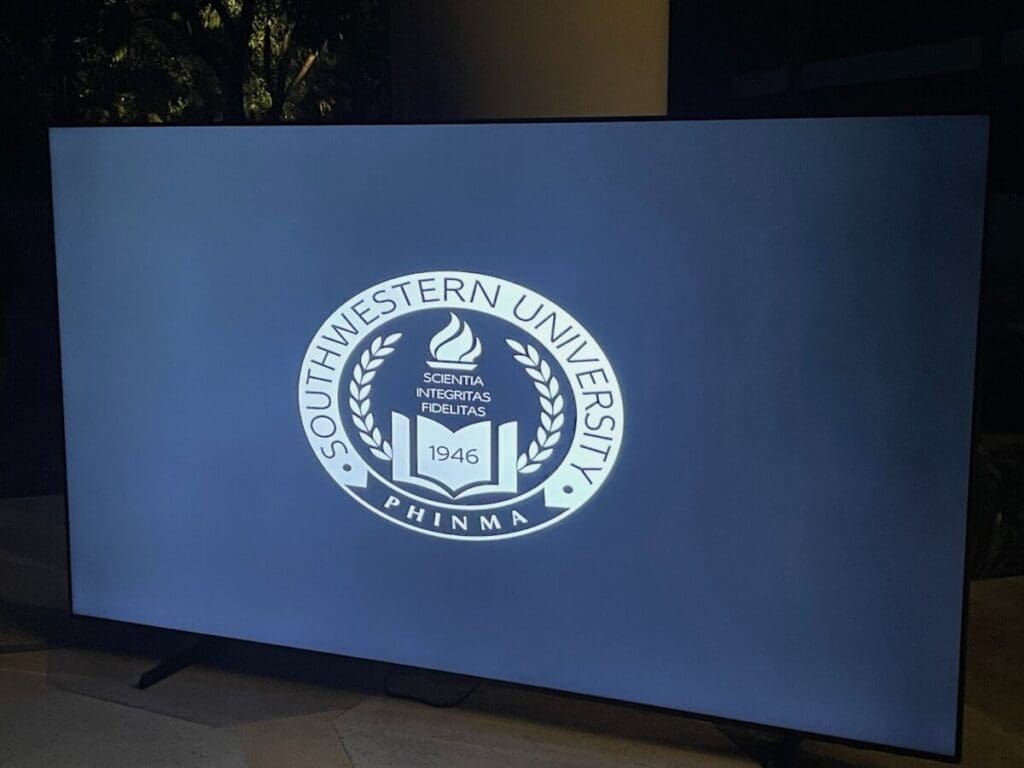
Southwestern University (SWU) PHINMA officially inaugurated the Ramon V. Del Rosario (RVR) Building on December 12, 2025, at its Main Campus in Urgello, Cebu City. Rising prominently within the campus, the new structure signals a forward-looking chapter for the university, reinforcing its commitment to quality, accessible, and future-ready education.
Architecture with Purpose
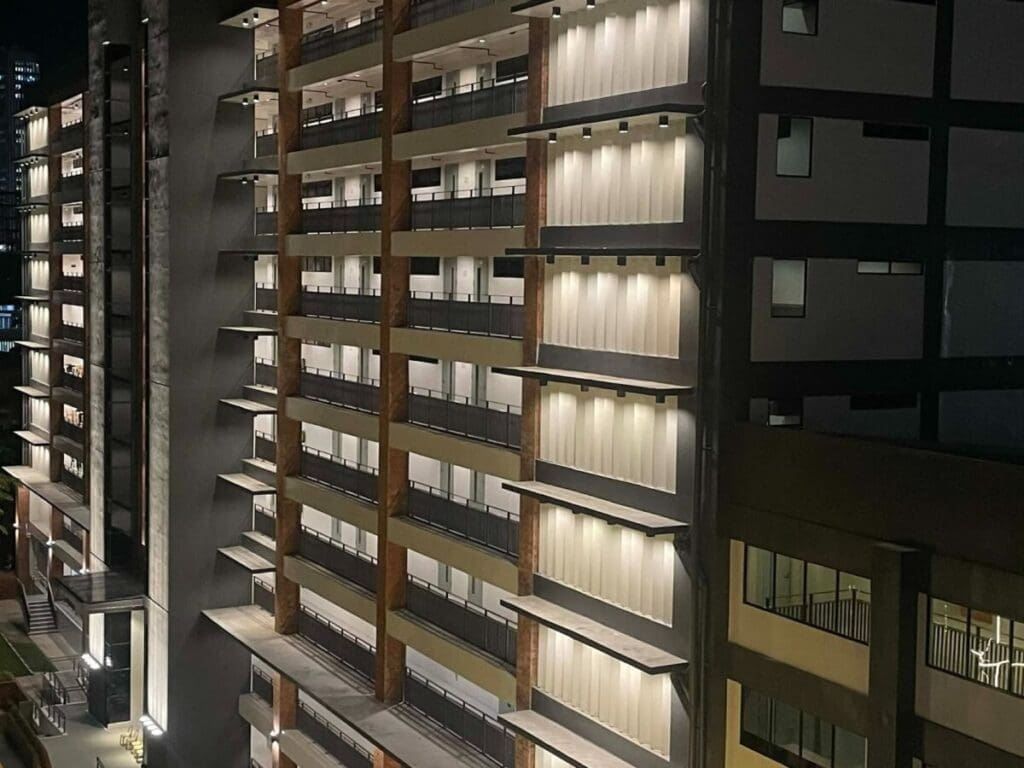
Designed as the central hub for SWU PHINMA’s college programs, the RVR Building features modern classrooms, fully air-conditioned classrooms, and collaborative learning spaces designed to foster student engagement, creativity, and innovation. As a 10-floor academic hub, it is equipped to accommodate the University’s growing student population while providing flexible and inspiring spaces for learning. Every corner of the building reflects intentional design, spaces that go beyond functionality to inspire creativity, critical thinking, and meaningful academic engagement.
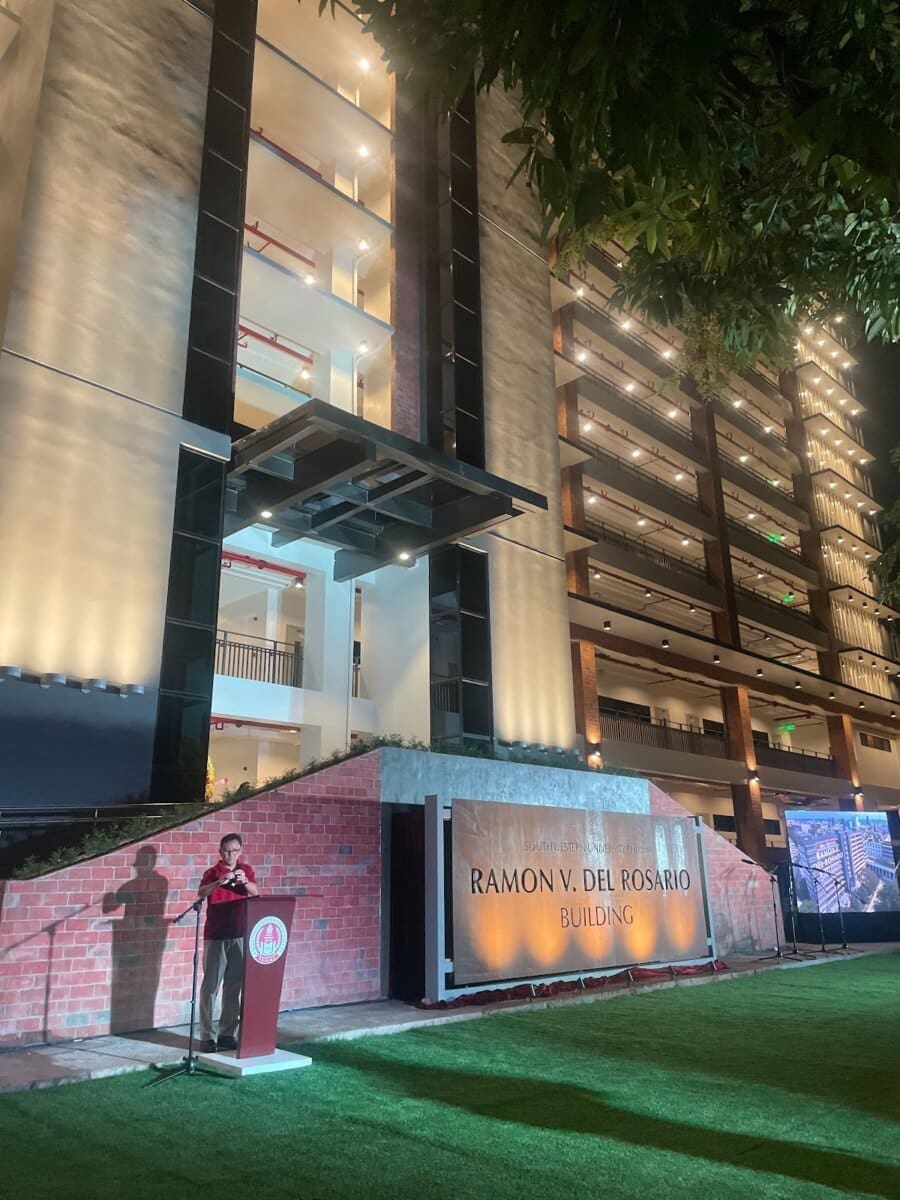
Honoring a Visionary Legacy
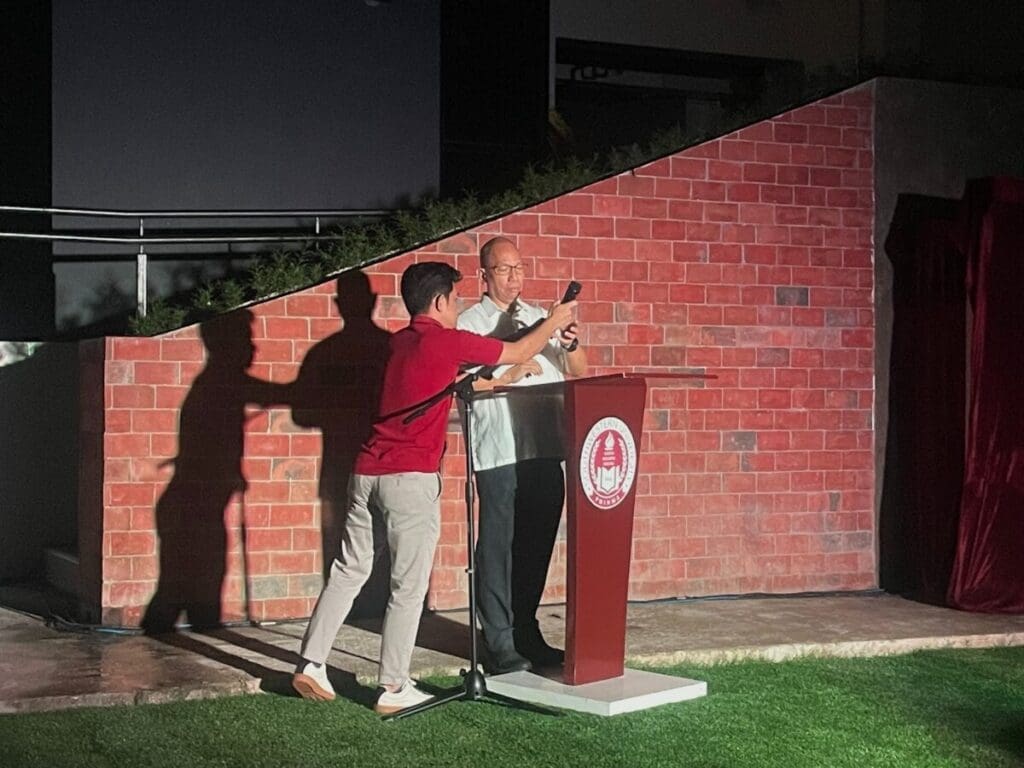
The building is named after Ramon V. Del Rosario, a visionary leader whose lifelong dedication to education and community empowerment has shaped generations. His values of excellence, leadership, and integrity are embedded in the very purpose of the structure, making the RVR Building a lasting tribute to an enduring educational legacy and the first of its kind within PHINMA Education.
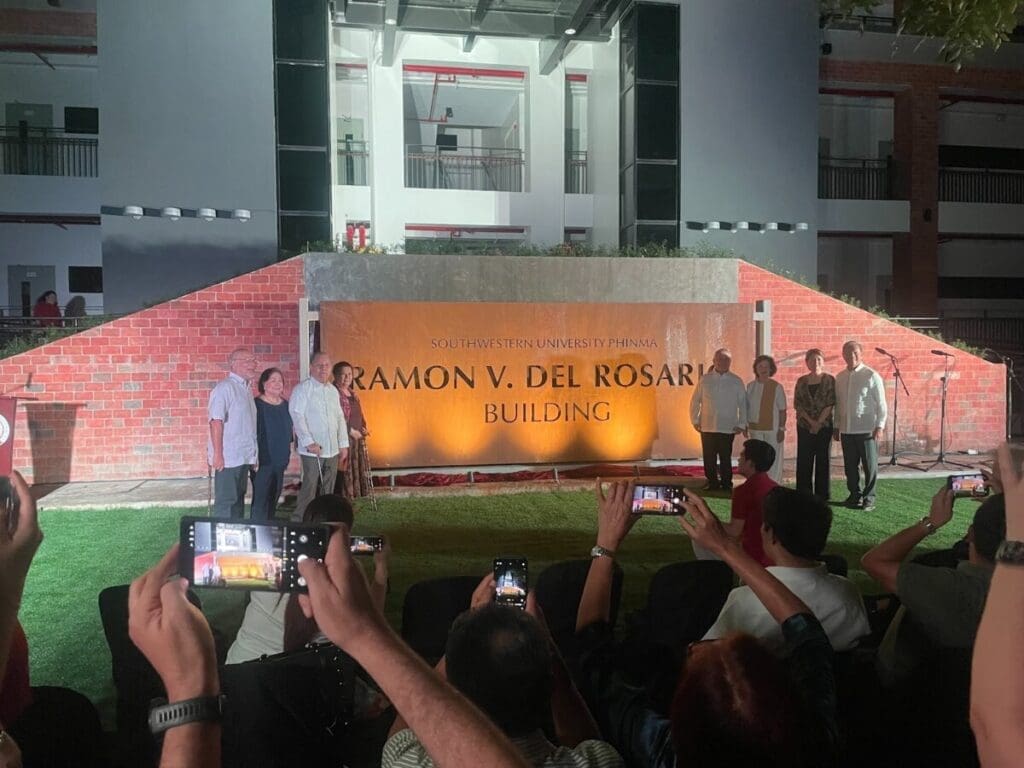
A Moment Marked in Light

The inauguration was highlighted by a symbolic lighting ceremony, officially unveiling the RVR Building to the SWU PHINMA community. The event was witnessed by PHINMA Chairman and CEO Ramon R. Del Rosario Jr., together with his family, marking a meaningful and personal milestone in the institution’s history.
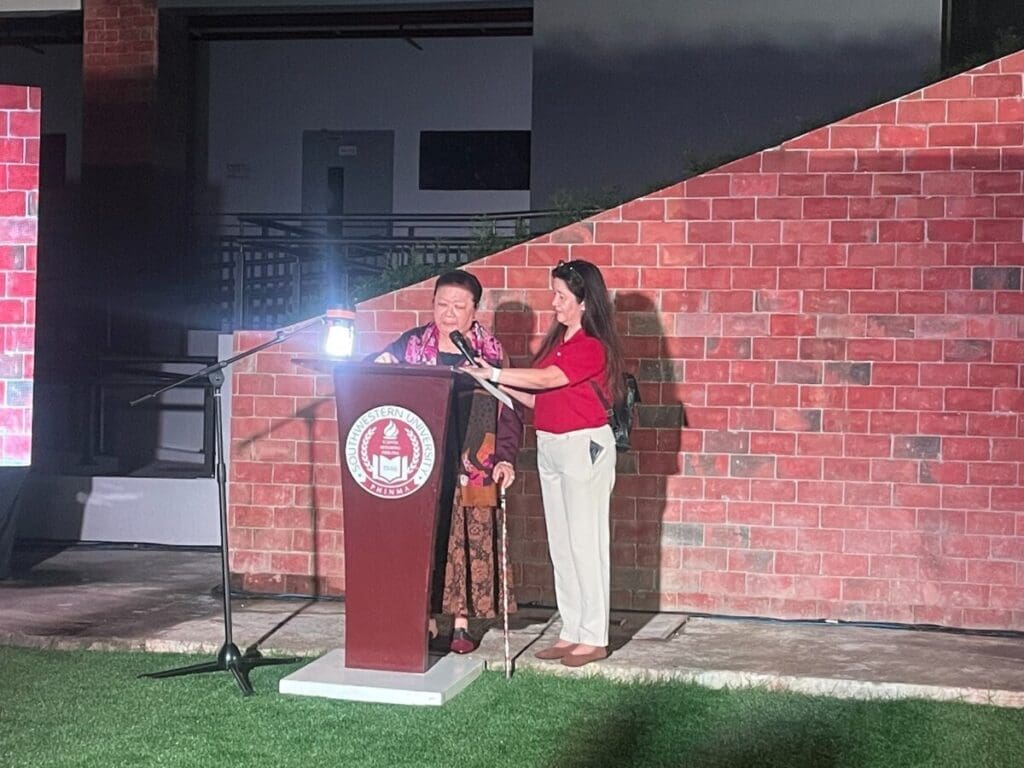
Leaders Behind the Milestone
University officials led by SWU PHINMA President Chito B. Salazar and Chief Operating Officer Cheryl Jane P. Chan joined PHINMA Education executives, administrators, and partners in celebrating the achievement. Their presence underscored the collective leadership and shared vision that brought the project to life.
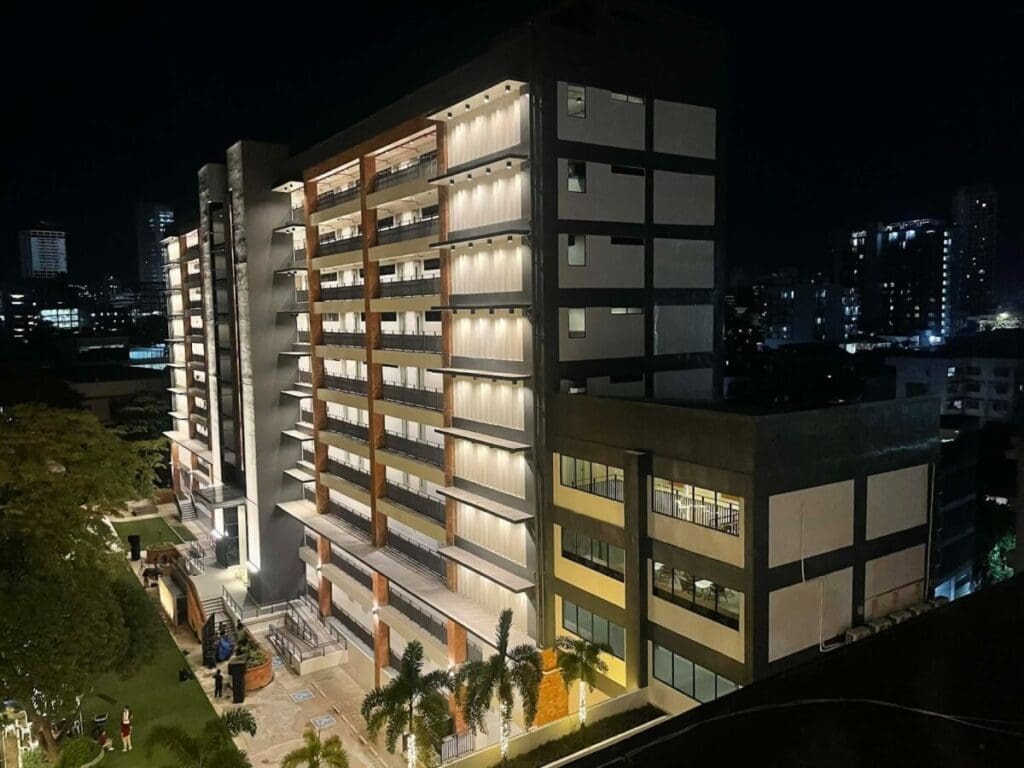
Maria Teresa “Pinky” del Rosario Zeller, daughter of Ramon V. Del Rosario, highlighted that the building represents more than honoring her father’s name. She explained that it reflects his strong belief in education as something that should be accessible to all, giving children from any background the opportunity to shape their own future.
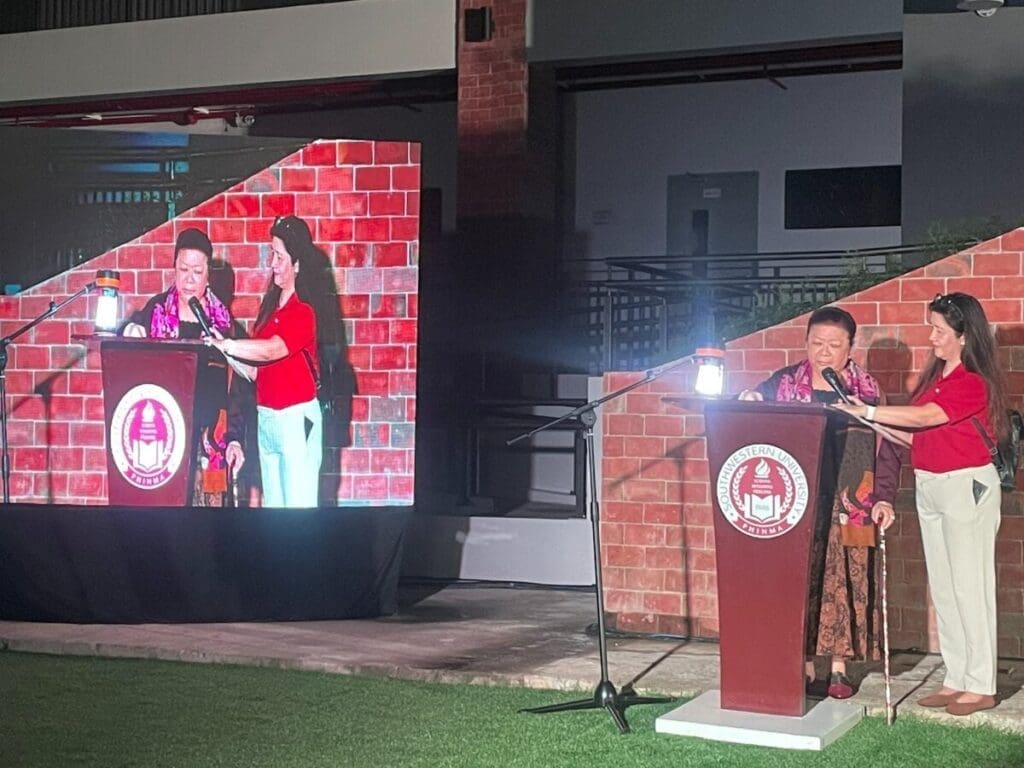
Spaces Built for Students
For the Cobra community, the RVR Building offers more than new classrooms, it provides an environment designed to support growth, collaboration, and personal development. The building empowers students to sharpen their skills, explore ideas, and prepare for their chosen paths with confidence.
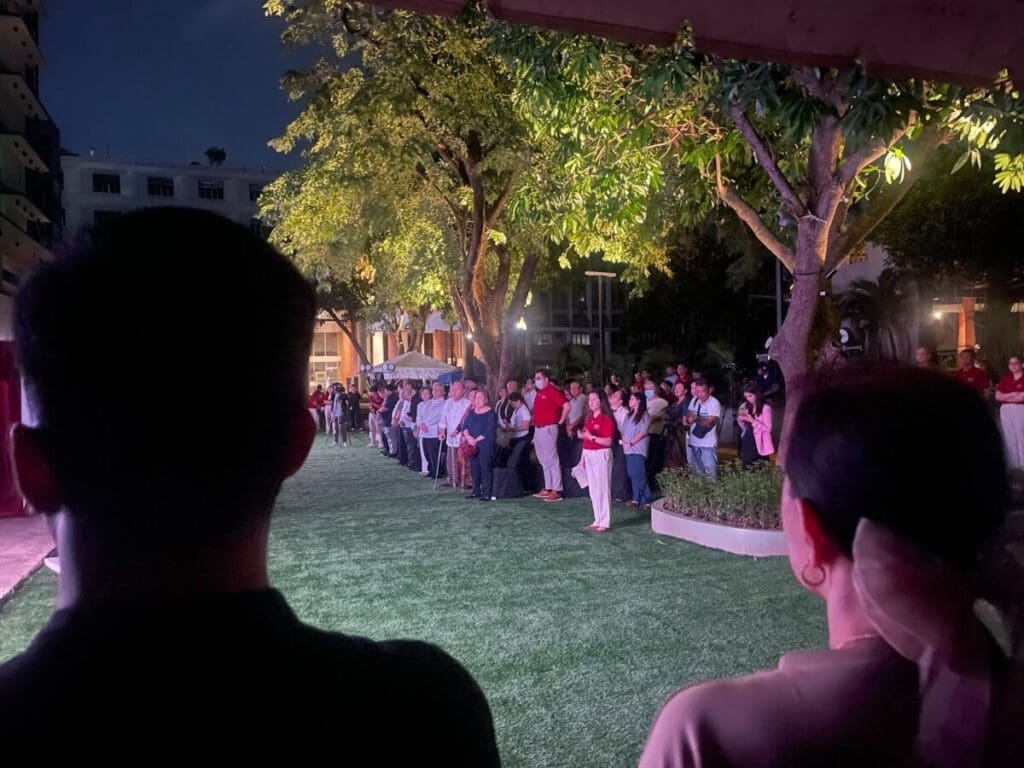
A Symbol Beyond Structure
More than bricks and walls, the Ramon V. Del Rosario Building stands as a symbol of opportunity, ambition, and promise. As it becomes an integral part of campus life, it reflects SWU PHINMA’s mission to equip students not only for academic success, but also for meaningful impact in the communities they will one day serve.
